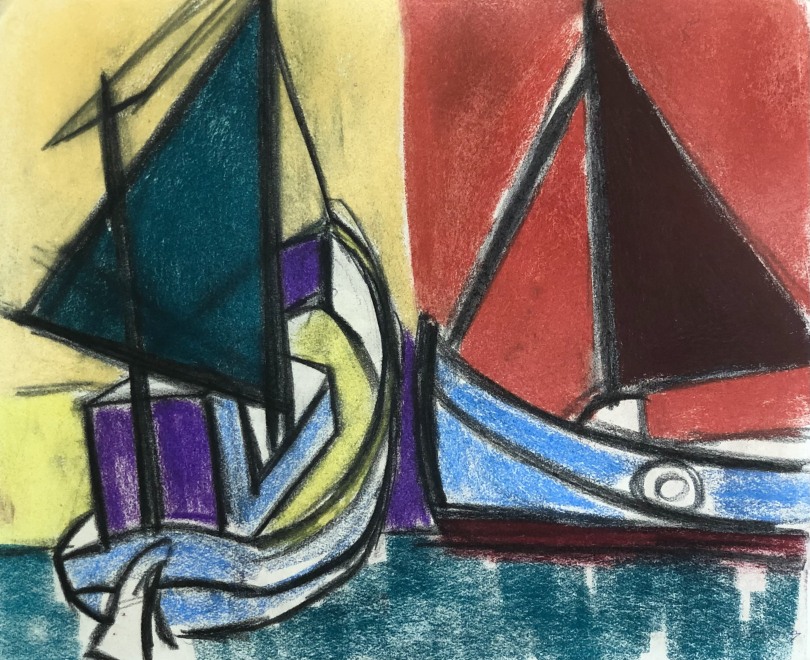Teaching formed a very prominent part of André Lhote's career. From 1915-1916, he taught in various academies until 1925, the year of the creation of the Académie André Lhote at 18, rue d'Odessa, near to the Montparnasse station. This continued until his death.
A considerable number of painters from over the world came to listen to the teacher whose teaching skills, according to the art historian, René Huyghe, were comparable to «a singing siren» André Lhote refused to consider himself a teacher but rather a painter looking for the universal laws of painting, with the help of other painters: the «Invariants plastiques». Aurélie Nemours (1910-2005) who had been his student, confirmed «I learned everything that can be taught concerning painting from André Lhote's academy» (RMN 2003, Andre Lhote's exhibition catalogue).
André Lhote continued to teach and encourage painters. His records show persisting links between the master and the students: grateful letters full of friendship, with details artist to artist, proving the influence he had in the formation of artists, whilst respecting their freedom of creativity.
From 1926, with the discovery of Mirmande in the Drôme, André Lhote used to encourage his students to spend the summer there in order to work together on the study of the countryside, setting up what he referred to as «The Fields Academy». Artists from every country came, contributing to an international reputation of a village that had previously almost been completely abandoned. In 1938, the same thing happened in Gordes, in the Vaucluse, as well as in 1948 to La Cadière d'Azur in the Var.
This exhibition brings together works by women artists who were profoundly affected by Lhote's teaching and will feature paintings and drawings by Dorothy Hepworth, Mainie Jellett, Evie Hone, Norah McGuiness, Marjorie Sherlock, Tanja Sinelnikow, Flora Wood and others.




